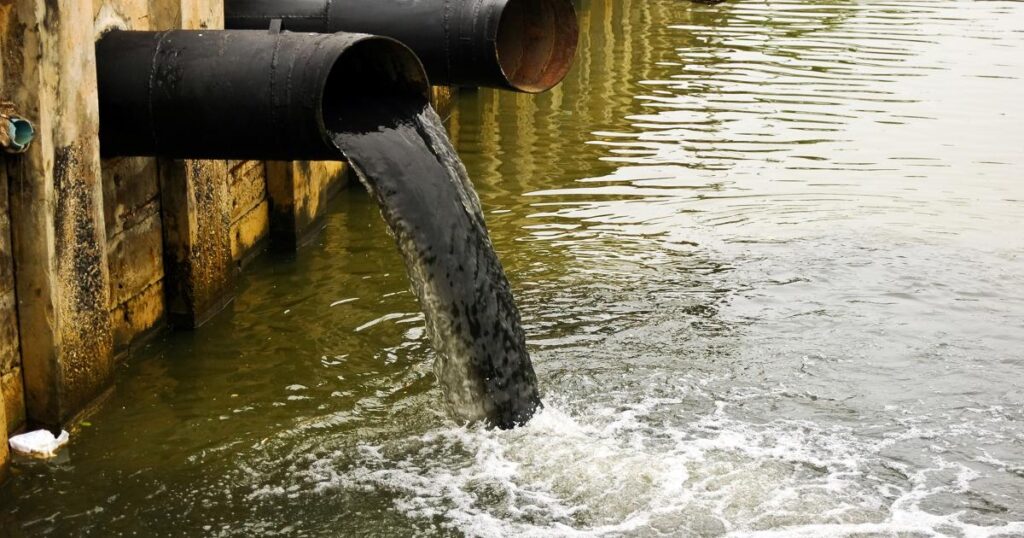
Introduction:
In life water is crucial, is susceptible to contamination when stored. Whether for residential, commercial, or industrial purposes, maintaining the purity of stored water is crucial for ensuring health and safety. Let’s explore common contaminants found in stored water and effective strategies to prevent their presence.
common contaminants in stored water:
1. Microorganisms
Microorganisms like bacteria, viruses, and protozoa are prevalent in the environment and can infiltrate stored water, posing health risks. Regular cleaning and disinfection of storage containers are essential to prevent microbial contamination. Utilizing UV sterilization or chlorination can effectively eliminate harmful microorganisms.
Prevention: Regular sanitation of storage containers and adherence to hygiene protocols are essential to prevent microbial contamination. Utilize UV sterilization, chlorination, or ozone treatment to eliminate microorganisms.
Mitigation: Install point-of-use filters or filtration systems to remove residual microorganisms. Ensure proper ventilation and avoid stagnant water conditions to deter microbial growth.
2. Heavy Metals
Heavy metals such as lead, arsenic, and mercury can seep into stored water from pipes or storage tanks, especially in older infrastructure. Regular water quality tests are vital to detect elevated metal levels. Installing corrosion-resistant pipes and using food-grade storage containers, like stainless steel or glass, can minimize metal leaching.
Prevention: Use corrosion-resistant materials like stainless steel or PVC for pipes and fittings to prevent heavy metal leaching. Conduct routine water quality tests to monitor metal levels.
Mitigation: Employ activated carbon filters or ion exchange systems to remove heavy metals. Regularly flush water lines and tanks to minimize accumulation.
3. Chemicals and Solvents
Chemicals from industrial processes, pesticides from agriculture, or household cleaners can contaminate stored water, as well as zinc contamination. Proper storage practices, such as keeping chemicals away from water sources and using spill containment measures, can reduce the risk of contamination. Activated carbon filtration systems can effectively remove many chemical contaminants, including zinc.
Prevention: Store chemicals away from water sources and implement spill containment measures. Inspect and maintain storage facilities regularly to prevent leaks.
Mitigation: Use activated carbon filtration systems or reverse osmosis units to remove chemical contaminants. Implement source water protection measures to minimize chemical introduction.

4. Sediments and Particles
Sediments and particles can accumulate in stored water, affecting its quality and appearance. Installing filtration systems, like sediment or multimedia filters, can remove suspended solids. Regular maintenance and tank flushing can prevent sediment build up.
Prevention: Install sediment filters or multimedia filtration systems to remove suspended solids. Implement erosion control measures to prevent sediment runoff.
Mitigation: Flush water lines regularly and conduct maintenance checks on filtration systems. Use settling tanks or sedimentation basins upstream of storage facilities.
5. Organic Matter
Organic matter from decaying organic material can cause unpleasant odours and tastes in stored water. Activated carbon filters or reverse osmosis systems can remove organic compounds effectively. Maintaining proper storage conditions, such as protecting water sources from debris, can minimize organic contamination.
Prevention: Maintain vegetative buffers around water sources and minimize runoff from agricultural or urban areas to prevent organic matter contamination. Seal storage containers properly and minimize sunlight exposure.
Mitigation: Use activated carbon filtration systems or biological treatment methods to remove organic compounds. Clean and maintain storage facilities regularly to prevent organic build up.
6. Chlorine and Disinfection By products
Excessive chlorine used for water disinfection can lead to the formation of disinfection by products (DBPs), which are carcinogenic. Employing alternative disinfection methods, such as UV sterilization or ozonation, can reduce reliance on chlorine. Allowing stored water to aerate before use can dissipate residual chlorine.
Prevention: alternative disinfection methods like UV sterilization or ozone treatment to reduce chlorine usage and minimize disinfection by product formation. Properly dose chlorine and ensure adequate contact time.
Mitigation: Allow stored water to aerate before use to dissipate residual chlorine. Install activated carbon filters or catalytic carbon systems to remove disinfection by products.
7. PH Imbalance
An imbalance in water pH can affect taste, corrosiveness, and suitability for use. Monitoring water pH regularly and adding alkaline or acidic compounds as needed can maintain optimal levels. Using pH-neutral storage containers, such as stainless steel or polyethylene, can prevent pH fluctuations.
Prevention: Monitor and maintain water pH levels by adding alkaline or acidic compounds as needed. Use pH-neutral storage containers like stainless steel or polyethylene.
Mitigation: Employ buffering agents or pH adjustment systems to correct pH imbalances. Regularly monitor and adjust pH levels to prevent corrosion or scaling issues.

Conclusion:
Safeguarding stored water from contaminants requires proactive measures, including proper storage, regular maintenance, and effective treatment methods. By identifying common contaminants and implementing preventive actions, we can ensure the purity of stored water and protect public health. Vigilance and a commitment to water quality are essential in preserving the integrity of stored water for various uses.


